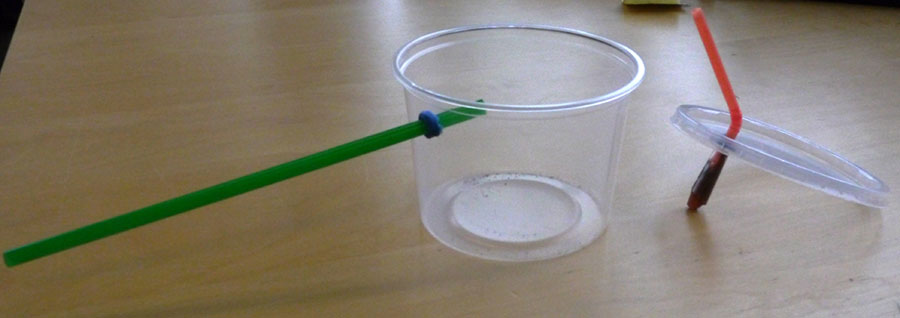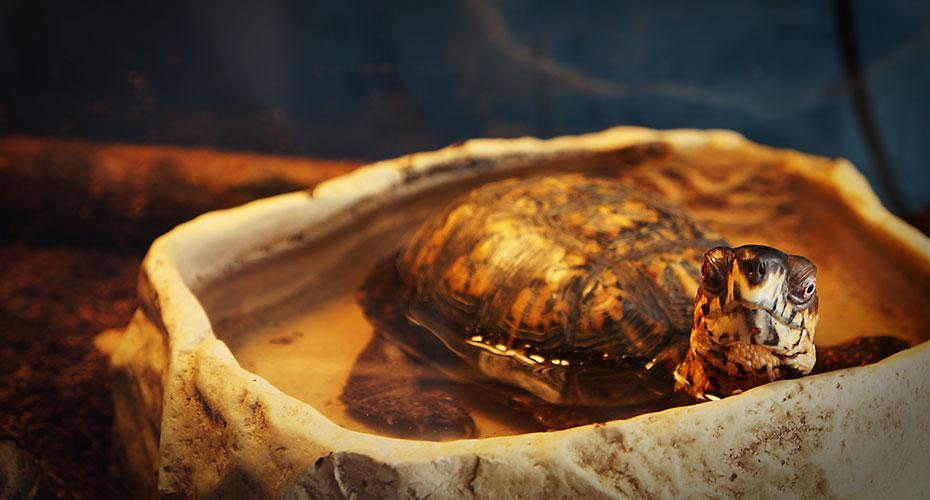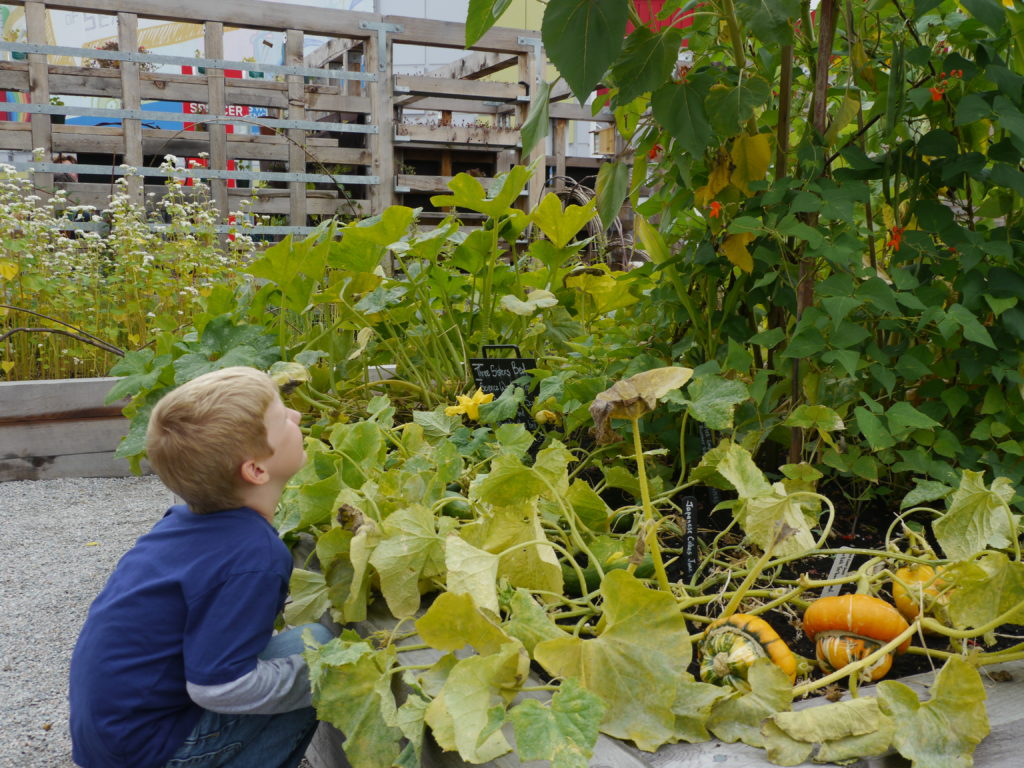In this activity, students investigate insects in their own neighbourhood.
Students can make an insect-friendly device, known as an insect pooter, to help them temporarily house insects so that they can get a closer look at them. This device is a tool that will enable students to learn from their own experience and exploration.
Looking at the diversity of insects is a great way to understand the diversity of urban environments. With an insect pooter, it is possible to harmlessly catch small insects before they scurry away. Once the insects are in the container, students can use hand lenses to get a closer look.
An insect pooter is only a temporary home for the insects. Because they have no food and limited air, it is important to release the insects back into the environment that they were found after they have been examined up close.




 copy.jpg)
.JPG)